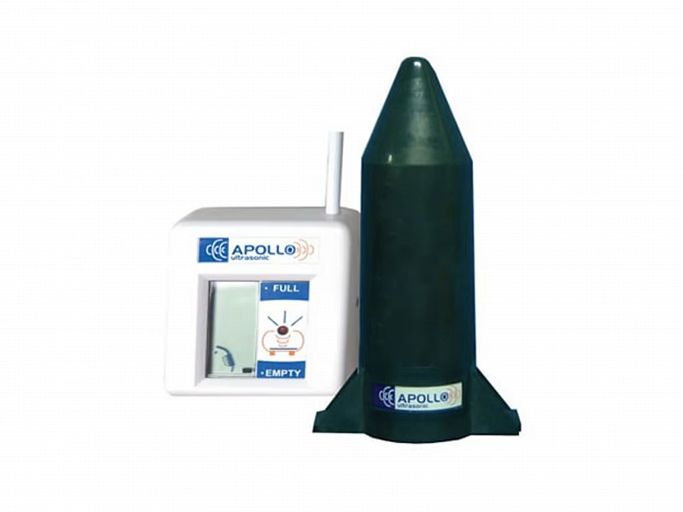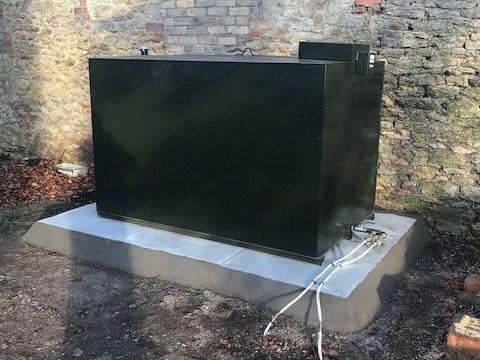- Oil
- Diesel
- Petrol
- AdBlue
- Water
- Sewage
-
Brands
- New Releases
- In Stock
- Sale
- Best Sellers
- Fuel Tank Hire
- More
-
Services
Home / Blog / Tank accessories / How to Choose the Right Oil Tank Gauge for Accurate Monitoring
How to Choose the Right Oil Tank Gauge for Accurate Monitoring
24th September 2024 in Tank accessories
Author: Jack Dunn
Monitoring your oil tank’s levels is crucial for efficient fuel management, cost savings, and avoiding inconvenient outages. However, with various types of oil tank gauges available, choosing the right one for your needs can feel overwhelming. Whether you’re looking for a simple visual indicator or a more advanced digital monitor, selecting the correct oil tank gauge will ensure accurate monitoring of your fuel levels.
In this guide, we’ll explore the key factors to consider when choosing an oil tank gauge and help you make an informed decision.
1. Understand the Different Types of Oil Tank Gauges
Oil tank gauges come in a variety of types, each with unique advantages. Understanding these options will help you determine which gauge is best suited to your needs:
- Float Gauges: These are mechanical devices that operate using a float system. As the oil level in the tank rises and falls, the float moves accordingly, giving a visual indication of the fuel level. These gauges are simple, reliable, and cost-effective. They are often found on smaller domestic oil tanks.
- Sight Gauges: These devices use a clear plastic or glass tube to show the oil level directly. They offer a visual representation of fuel levels and are ideal for quick checks, although they don't offer precision monitoring.
- Electronic Gauges: These gauges provide digital readouts and can be linked to alarms or smart devices for remote monitoring. Some advanced versions allow you to check oil levels from your smartphone, ensuring you're always informed, no matter where you are.
- Ultrasonic Gauges: Using ultrasonic sensors, these gauges measure oil levels without direct contact with the fuel. They are highly accurate and can be paired with apps or alarms to alert you when fuel is running low.
For a more detailed breakdown of these options, you can refer to our oil tank gauges and alarms section.
2. Consider the Size and Type of Your Oil Tank
The size and type of your oil tank play a significant role in determining the most suitable gauge. Large commercial or industrial tanks might require advanced gauges that can handle higher capacity and offer remote monitoring. On the other hand, smaller domestic tanks might only need a basic float or sight gauge for manual checking.
Ensure the gauge you select is compatible with the capacity and design of your tank. Ultrasonic and electronic gauges work well for larger tanks, providing accurate readings from a distance, while float gauges are better suited for smaller, manually monitored tanks.
3. Accuracy of the Gauge
When selecting an oil tank gauge, accuracy is critical. Float and sight gauges can offer reliable indicators of oil levels, but they may not provide precise measurements, especially for larger tanks. For those who need real-time, accurate data, especially in commercial settings, electronic or ultrasonic gauges are preferable.
These advanced gauges can detect minor fluctuations in oil levels and provide alerts when the fuel drops below a specific threshold, helping you avoid unexpected fuel shortages.
4. Ease of Installation
Another factor to consider is the installation process. Some gauges, such as float gauges, are relatively easy to install and can often be fitted by the user. However, more advanced gauges like electronic or ultrasonic models may require professional installation to ensure they are properly calibrated.
If you’re not comfortable with DIY installations, it might be worth considering a gauge that comes with installation support or opting for a simpler model.
5. Additional Features
Modern oil tank gauges come with a variety of additional features designed to make fuel management more convenient. Some electronic and ultrasonic gauges offer:
- Smartphone Connectivity: These gauges connect to an app, allowing you to check your fuel levels remotely.
- Alarm Systems: You can set up alarms to notify you when oil levels are running low, ensuring you never run out.
- Temperature Monitoring: Some advanced gauges also monitor the temperature of the fuel, which can be especially useful for commercial or industrial applications.
If you require these advanced features, investing in a more modern electronic or ultrasonic gauge can enhance your fuel management significantly.
6. Budget Considerations
Cost is always a consideration when purchasing any equipment. Float and sight gauges are the most affordable options, offering basic functionality at a low price. However, for those who need precision and convenience, electronic or ultrasonic gauges, though more expensive, provide long-term value with accurate monitoring and remote capabilities.
It’s important to weigh the upfront cost against the potential savings from more accurate fuel management.
7. Maintenance Requirements
Different gauges come with varying maintenance needs. Mechanical float gauges are durable and low maintenance, but they may wear out over time. Sight gauges are easy to clean but can become cloudy, affecting visibility.
On the other hand, electronic and ultrasonic gauges require less physical maintenance, but their batteries may need replacing periodically, and they should be checked to ensure they remain calibrated.
Choosing the right oil tank gauge depends on several factors, including the type of tank, accuracy needs, ease of use, and budget. For small domestic tanks, a basic float or sight gauge might suffice. However, if you're managing large fuel volumes or need precise, remote monitoring, an electronic or ultrasonic gauge may be the best choice.
One of the largest selections of tanks in the UK
Chat online or call us today on 01469 531229
Related Products
More Articles

The Ultimate: Tank Gauges Guide
15th September 2022 in Tank accessories

Steel Tanks Vs Plastic Tanks
20th February 2023 in oil

HVO - The Potential Solution For A Sustainable Future
15th March 2023 in Tank accessories

How to Harvest Rainwater Correctly This Summer
2nd June 2023 in water
Help
About Us
My Account
Newsletter Sign Up
Inspiration direct to your inbox, please enter your email below...
Help About Us My Account
© Tanks R Us. All rights reserved. Registered in England. Registration number. 05804332. VAT number 364402764
Designed and produced by Kal Group